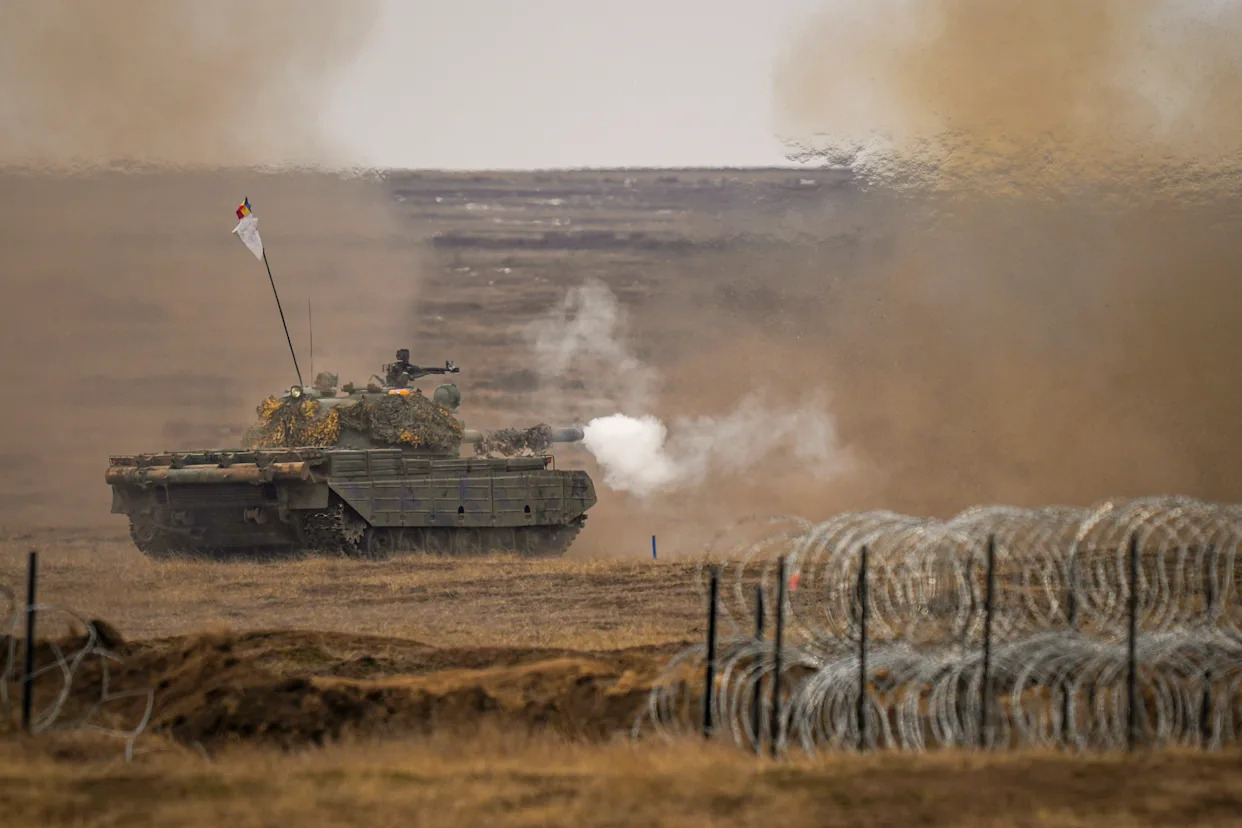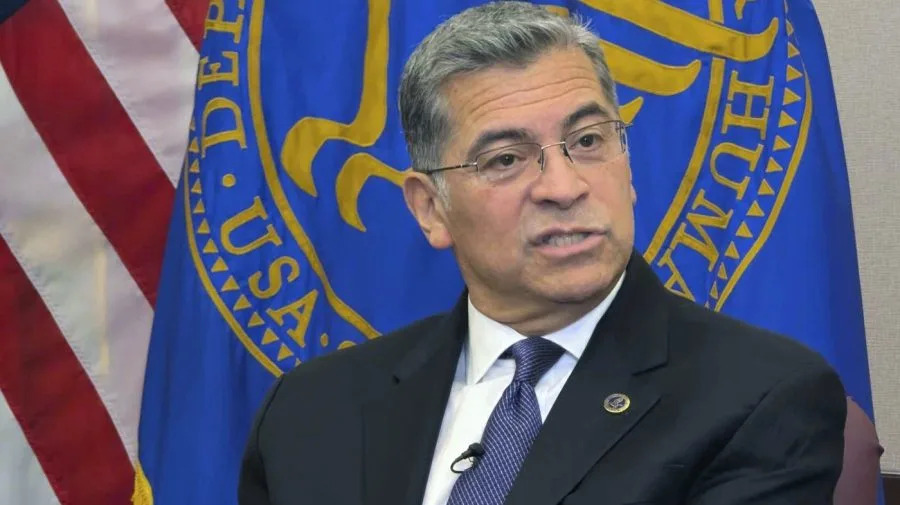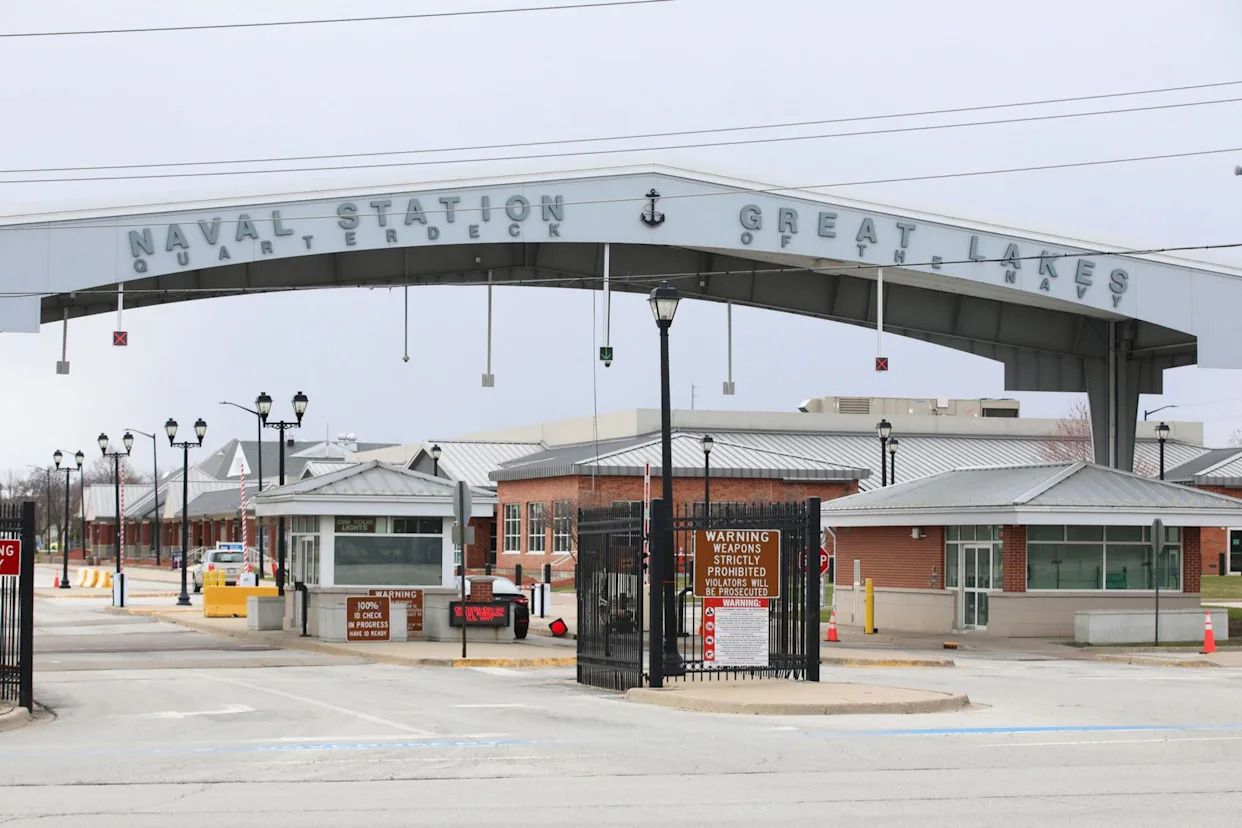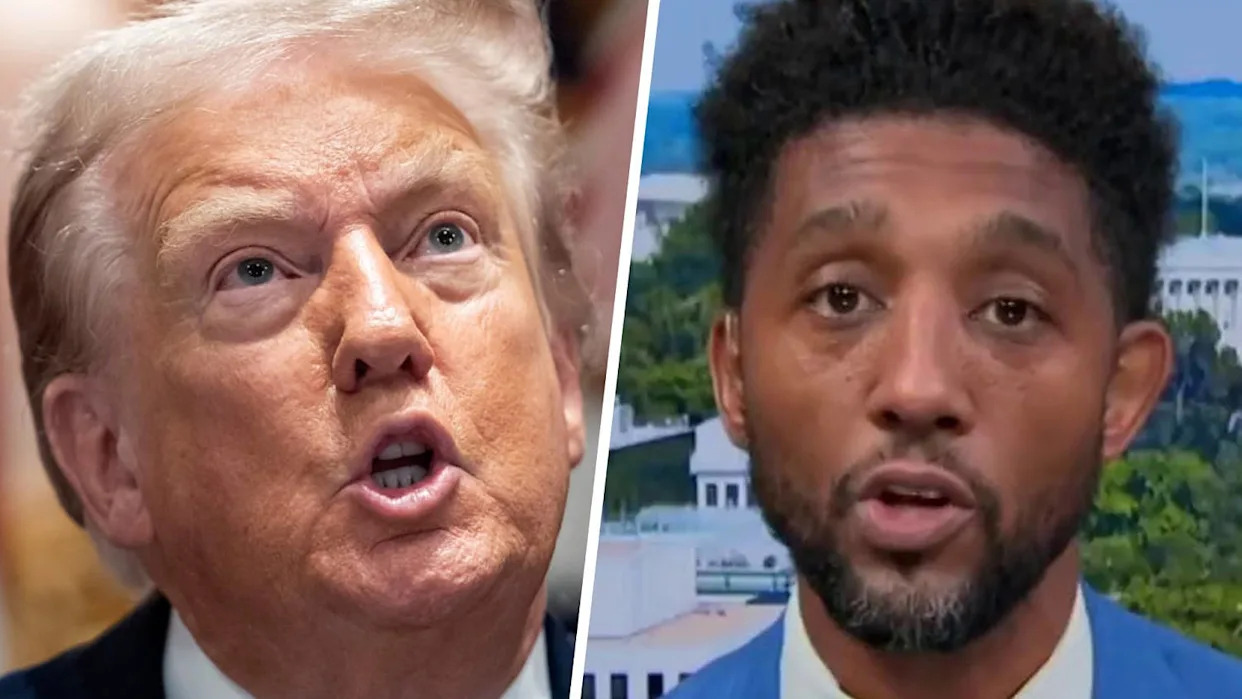
BRUSSELS (AP) — NATO released data on Thursday showing that all its 32 members are projected to finally meet a longstanding goal of spending 2% of their overall economic output on defense this year, while only three meet a new goal set at 3.5% of GDP agreed in June.
A push for higher defense spending is one result of Russia's war in Ukraine, which has created profound security concerns across Europe. It is also a reaction to pressure from U.S. President Donald Trump, who has repeatedly accused European allies of not investing enough in their own security. Trump has warned Europeans that Washington might not defend those who fail to meet commitments.
All 32 alliance members are expected to reach the 2% goal this year for the first time, marking a significant change since 2023, when just 10 allies met that benchmark, the NATO report said.
Alliance members agreed at summit in June to hike defense spending from 2% to 3.5% and to require a further commitment of 1.5% of GDP for spending on other measures, such as upgrading roads, bridges, ports and airfields so armies can better deploy and establishing measures to counter cyber and hybrid attacks and preparing societies for future conflict.
Germany was the sole country excluded from the NATO report’s 2025 GDP count, but it already reached the 2% target in 2024. Germany finalized its 2025 budget late after the collapse of its previous government and an election in February. The country’s Finance Minister Lars Klingbeil said in June that German defense spending will hit 2.4% of GDP in 2025 and 3.5% by 2029.
Speaking on Thursday in Wurzburg, Germany, where he was attending a political conference, NATO Secretary General Mark Rutte praised Germany’s accelerating militarization.
“By 2029 Germany will spend over 150 billion euros ($175 billion) on its defense. That is more than doubling what you spent in 2021, that’s almost four times of what you spent in 2018,” Rutte said. “And that means that you really take the lead in Europe, and we need that in Europe. You are the second biggest economy in NATO, the biggest economy in Europe.”
Countries with the highest expenditures are eastern European nations with bitter memories of past rule by Moscow. Poland's spending this year is projected to reach 4.5% of GDP, while Lithuania's will be 4% and Latvia on 3.7%.
Many European countries, including Spain and Belgium, face major economic challenges and Trump’s global tariff war could make it even harder for America’s allies to reach those new defense spending targets.
___
Associated Press journalists Geir Moulson in Berlin and Mark Carlson in Brussels contributed to this report.





Comments